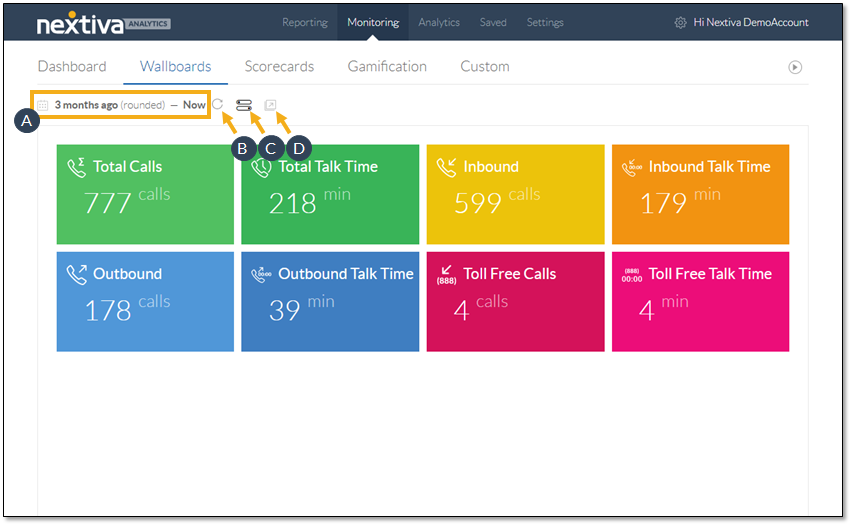Mobile BI: Accessing Critical Data on the Go is transforming how businesses interact with vital metrics and information. In a world where quick decisions are essential, mobile business intelligence allows users to access and analyze data anytime, anywhere, directly from their smartphones or tablets. This innovation not only enhances productivity but also fosters a culture of informed decision-making, helping organizations stay competitive in a fast-paced market.
With the rise of remote work and the demand for real-time insights, Mobile BI tools are becoming indispensable. They offer features that bring critical data to the fingertips of decision-makers, enabling them to respond quickly to changing circumstances. This accessibility empowers teams to collaborate more effectively, making it easier to leverage data-driven insights regardless of location.
In today’s fast-paced world, the significance of effective communication cannot be overstated. Whether in personal relationships, professional environments, or public speaking, the ability to convey thoughts and ideas clearly is a crucial skill. This article explores the importance of communication, the various forms it takes, and offers tips for improvement, all while highlighting the necessity of adapting our communication style to different contexts.
First and foremost, let’s define what communication is. At its core, communication is the process of transferring information from one entity to another. This transfer can occur through various mediums, including spoken words, written text, body language, and even visual aids like graphs or illustrations. Effective communication goes beyond mere words; it encompasses clarity, tone, intent, and understanding. It is a multi-faceted process that relies on both the sender and receiver making an effort to ensure that the message is accurately conveyed and comprehended.
Now, why is communication important? The value of effective communication is evident in numerous aspects of life. In the workplace, clear communication fosters collaboration, promotes efficiency, and minimizes misunderstandings. Teams that communicate well are often more productive and innovative, as members feel empowered to share ideas and feedback. On a personal level, communication is essential for building and maintaining relationships.
Whether discussing feelings with a partner or resolving conflicts with friends, the ability to express oneself clearly and empathically strengthens bonds and fosters trust.
Moreover, communication plays a pivotal role in public speaking. Whether delivering a presentation at work, speaking at a community event, or giving a toast at a wedding, the ability to engage an audience is heavily reliant on effective communication skills. A speaker who can articulate their message confidently and engage their listeners can make a lasting impression and inspire action.

In essence, mastering the art of communication can open doors to numerous opportunities in both personal and professional realms.
Now that we understand the importance of communication, let’s delve into the various forms it takes. Verbal communication is perhaps the most familiar form, encompassing both spoken and written language. This includes conversations, speeches, emails, and text messages. Within verbal communication, it’s essential to consider aspects such as tone, pace, and clarity. A friendly tone can make a message more approachable, while a formal tone may be necessary in professional settings.
Non-verbal communication is equally significant and often conveys more than words themselves. Body language, facial expressions, gestures, and even eye contact can communicate feelings and attitudes. For instance, crossed arms may suggest defensiveness, while a smile can indicate openness and friendliness. Being aware of non-verbal cues—both in oneself and others—can greatly enhance communication effectiveness.
Another critical aspect of communication is active listening. This means fully engaging with the speaker, understanding their message, and responding thoughtfully. Active listening is not just about hearing the words; it involves paying attention to the speaker’s emotions and body language as well. By practicing active listening, individuals demonstrate respect and validation for the speaker’s message, fostering a more productive and engaged conversation.
So, how can we improve our communication skills? Here are some practical tips to consider:
- Be Clear and Concise: Strive for clarity in your message. Avoid jargon or overly complex language that might confuse your audience. Aim to articulate your thoughts in a straightforward manner.
- Know Your Audience: Tailor your communication style to suit your audience. A casual conversation with friends will differ from a formal presentation at work. Understanding the context and the preferences of your audience is key.
- Practice Active Listening: Focus on the speaker and show genuine interest. Nodding, maintaining eye contact, and providing verbal affirmations can indicate that you are engaged and attentive.
- Be Mindful of Non-Verbal Cues: Pay attention to your body language and that of others. Being aware of non-verbal signals can enhance understanding and connection during conversations.
- Seek Feedback: After important conversations or presentations, ask for feedback. Understanding others’ perceptions of your communication can help you identify areas for improvement.
- Practice Regularly: Like any skill, communication improves with practice. Engage in conversations, participate in public speaking events, or write regularly to hone your abilities.
As we navigate our daily lives, it’s essential to recognize that communication is not a one-size-fits-all endeavor. The ability to adapt our communication style to different situations and audiences is a vital trait. Being flexible in our approach allows us to connect more effectively with others and ensures that our messages resonate. Whether it’s adjusting our tone, simplifying our language, or being more assertive, adaptability enhances our communication effectiveness.
In conclusion, effective communication is a fundamental skill that influences our personal and professional lives. By understanding its importance, recognizing its forms, and actively working to improve our skills, we can foster better relationships, enhance teamwork, and inspire others. Remember, communication is an art, and like any art form, it requires practice, patience, and a willingness to learn. So, let’s embrace the journey of becoming better communicators and unlock the doors to new opportunities and connections.




